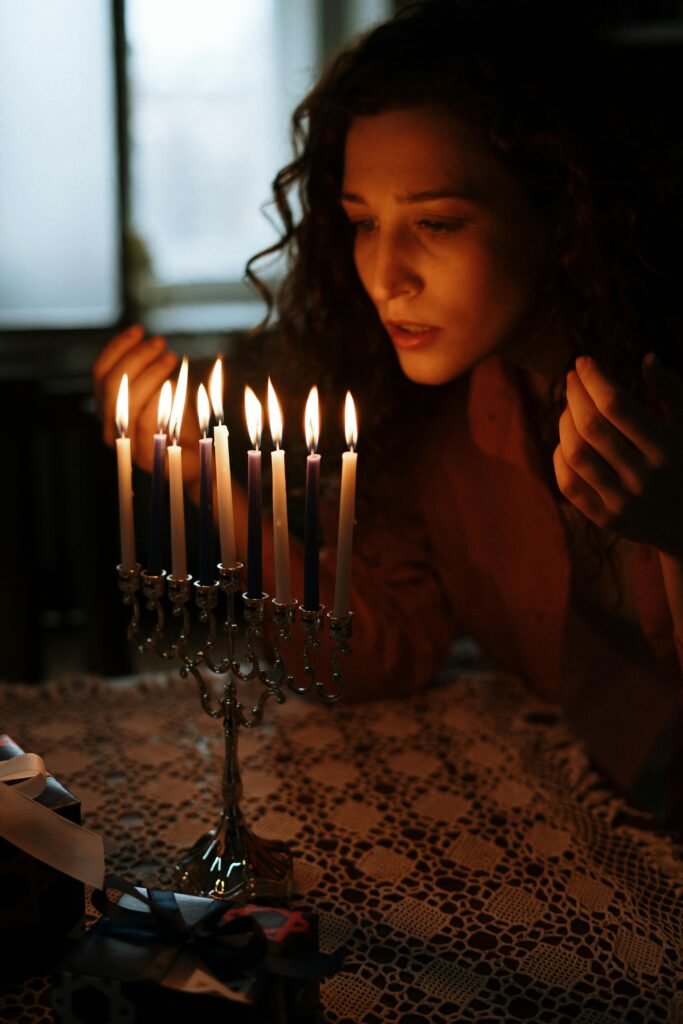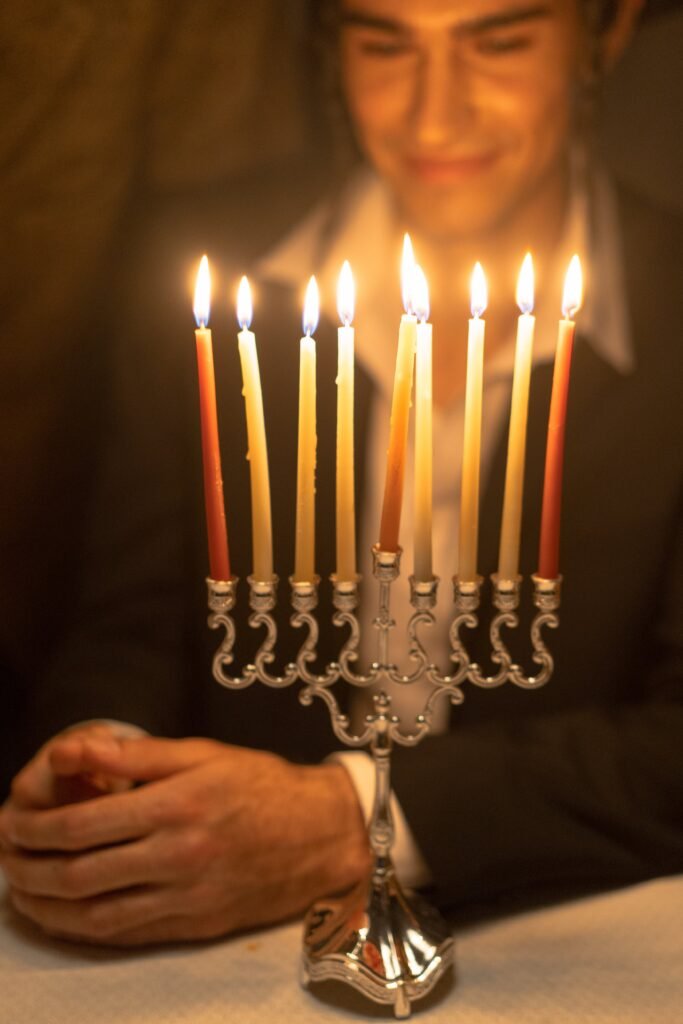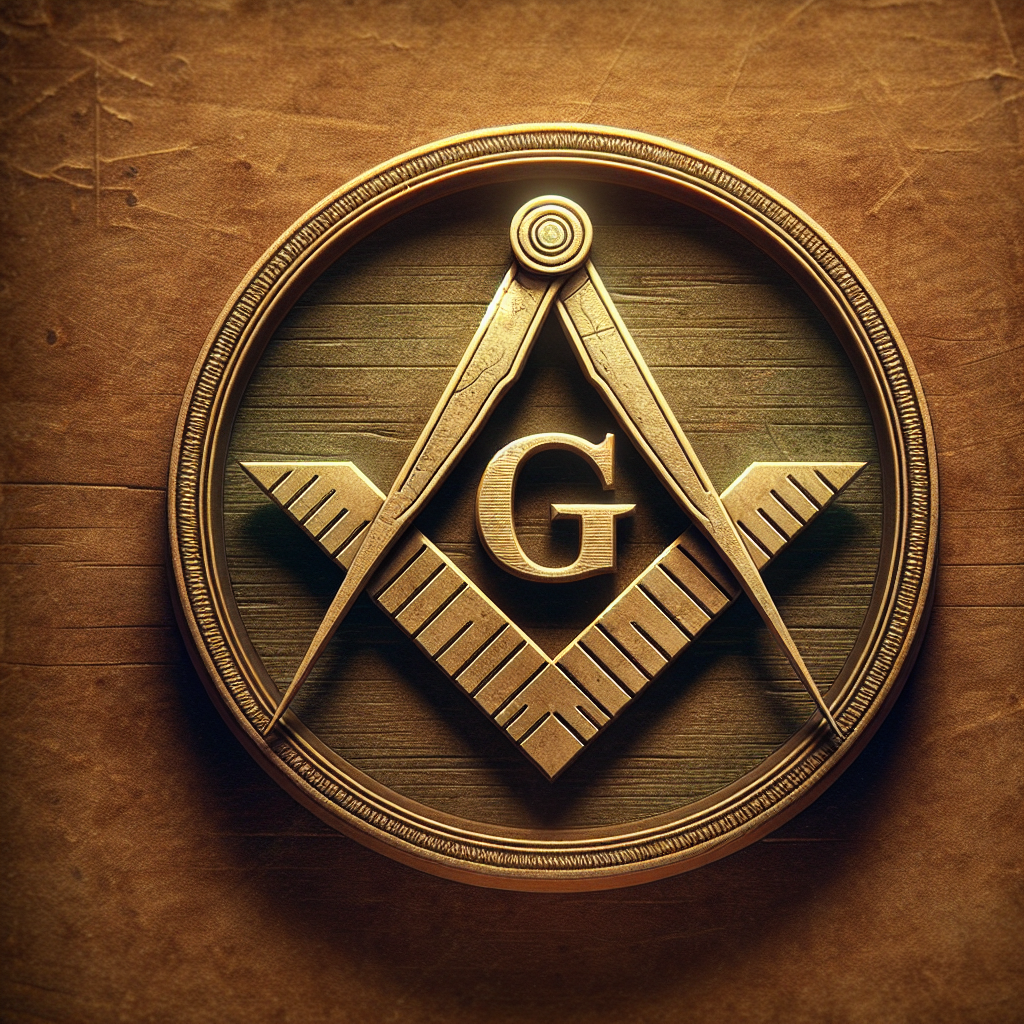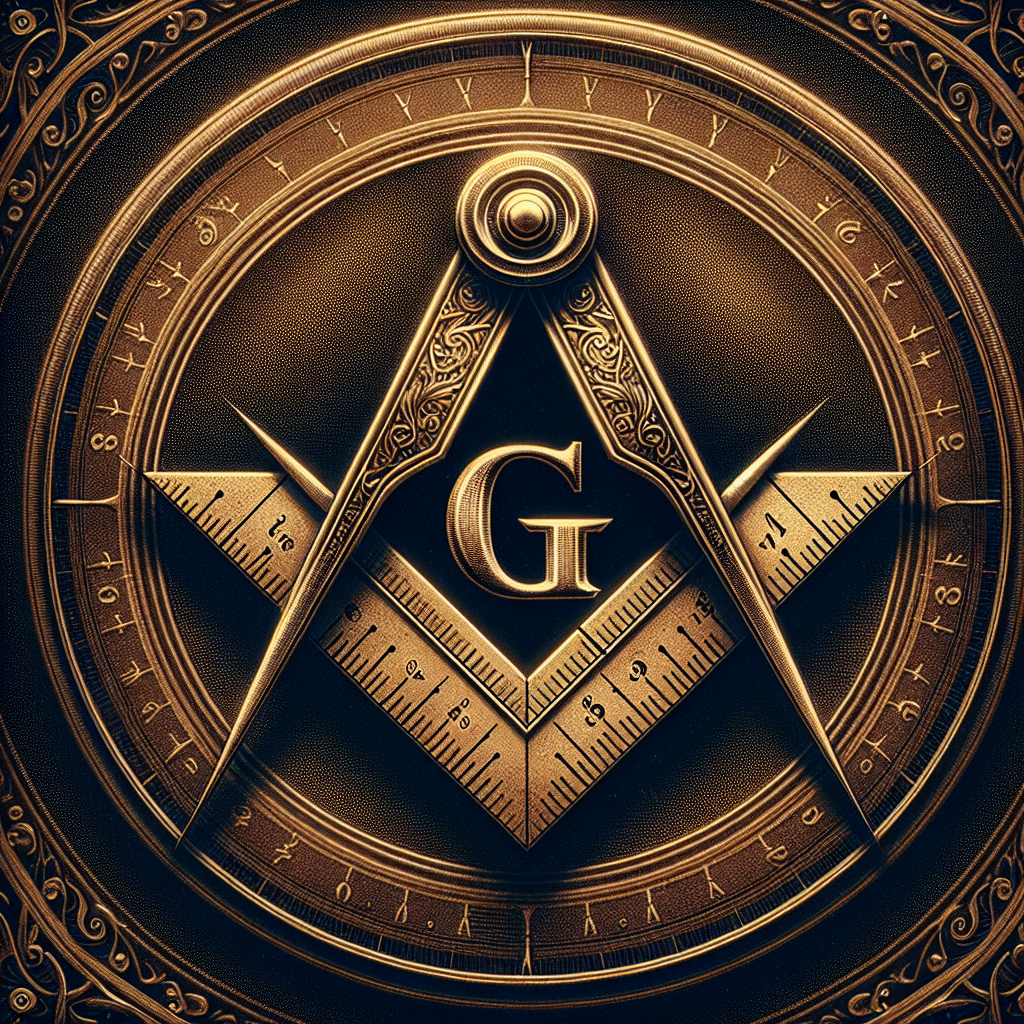
In the fascinating realm of Freemasonry, symbolism plays a crucial role in the communication of deeper meanings and lessons. As you journey through this article, unravelling the mysteries of Masonic symbology, your curiosity about the remarkable “G” symbol that stands at the center of Freemasonry’s most recognizable emblem will be satisfied. Prepare to immerse yourself in a discussion that illuminates the profound meaning of this subtle, yet significant emblem and answer the question – what does the “G” stand for in the Masonic symbol?

Historical Context of the Masonic Symbol
The Masonic symbol has deep roots tracing back centuries. Its distinct and complex design is not accidental but rather a narrative of the perceptions, ideas, and ideologies that Freemasonry represents.
Origins of Freemasonry
The origins of Freemasonry are somewhat a mystery, as definitive documentation is scant. However, it’s widely accepted that Freemasonry originated from medieval stonemason Guilds. These skilled workers built cathedrals, monasteries, and other significant structures utilizing secretive techniques passed down from generation to generation.
Evolution of the Masonic Symbol
During Freemasonry’s evolution, so too did the Masonic symbol. Early Masonry was essentially practical, and their symbols reflected tools of their trade – the compass, the square, the level, and the plumb line. As Freemasonry became more philosophical and spiritual, these symbols took on deeper moral and ethical meanings.
Historical meanings associated
Many of the historical meanings associated with the Masonic symbols revolve around the ideals of balance, fairness, and earnest work. Over time, these meanings have become more nuanced, with interpretation often varying among different branches of Freemasonry.
Understanding Masonic Symbolism
Masonic symbols are enigmatic, steeped in rich, arcane history, and often elude casual observers.
The Symbolic Language of Freemasonry
Much like a coded language, Freemasonry uses symbols to convey its teachings. These symbols serve as mnemonic devices to remind Masons of the principles and lessons embraced within the fraternity.
Decoding the Masonic Symbol
Decoding the Masonic symbol requires an understanding of the organization’s history and moral philosophy. The most common Masonic symbol is the square and compasses, often accompanied by the letter ‘G’, which has been a source of fascination and speculation.
The Essence of the Masonic Symbol
The essence of the Masonic symbols lies in their ability to embody the organization’s concepts of morality, duty, and honor. Though the precise interpretations may vary, each symbol’s core message revolves around personal improvement, quality of character, and service to others.
Detailed Examination of the ‘G’ in the Masonic Symbol
The Masonic symbol’s most intriguing aspect is undoubtedly the letter ‘G’, positioned prominently in the symbol’s center.
Position of the ‘G’ in the Symbol
The ‘G’ is located within the square and compasses, suggesting a central element to the organization’s core principles. Its position signifies the fundamental significance and the guiding influence it plays in a Mason’s life.
Color and Shape of ‘G’
The ‘G’ is traditionally shown in gold and takes the form of a classic serif letter. The color represents purity and divinity, while the traditional typography signifies the age-old wisdom and stability Freemasonry promotes.
Interpretation of ‘G’ in different cultures
Different cultures interpret the Masonic ‘G’ variously, though most agree on three primary interpretations – that ‘G’ stands for Geometry, the Great Architect of the Universe, or God.
Common Interpretations of the ‘G’ in Masonic fraternity
The letter ‘G’ has accumulated numerous interpretations within the Masonic fraternity. The three primary interpretations are Geometry, the Great Architect, and God.
‘G’ as Geometry
Ancient Masons held geometry in high esteem, considering it the noblest of sciences that defined the world’s order and beauty. Hence, ‘G’ is often interpreted as representing Geometry – a reminder of the harmony and balance that pervades the universe.
‘G’ as the Great Architect of the Universe
To Freemasonry, the ‘Great Architect of the Universe’ represents the grand designer, the entity that created everything with perfect symmetry and precision. The ‘G’ signifies this concept, reminding Masons of the larger plan in which they play their part.
‘G’ as God
In the most spiritual interpretation, the ‘G’ can represent God. Freemasons affirm belief in a Supreme Being, irrespective of their religious affiliations, and ‘G’ can serve as a ubiquitous symbol for this entity.

The ‘G’ as Geometry
There’s a robust connection between Geometry and Freemasonry in that both view the world through the lens of order, symmetry, and proportion.
Connection to the foundational principles of Freemasonry
Geometry is a practical manifestation of rationality, order, and beauty – all attributes that Freemasonry holds dear. As such, ‘G’ serves as a constant reminder of these foundational principles.
The role of Geometry in Masonic teachings
Geometry plays a significant role in Masonic teachings. For Freemasons, Geometry is not just a science but a set of principles that guides them to live lives of moral rectitude and intellect.
Geometry as a moral symbol in Freemasonry
Much like Geometry uses logic and precision to create beautiful structures, Freemasons strive to build equally harmonious and well-ordered lives. Thus, ‘G’ also serves as a moral symbol, guiding Masons in their conduct.
The ‘G’ as the Great Architect
Freemasons often refer to the deity as the Great Architect of the Universe. This belief reflects in the ‘G’ representing the Great Architect.
Understanding the Great Architect of the Universe
In Freemasonry, the Great Architect of the Universe embraces an abstract concept that transcends specific religious sects. This concept recognizes a grand designer behind all creations without prescribing a particular religious ideology.
Freemasonry’s perspective on Deity
Freemasonry promotes a belief in a Supreme Being but doesn’t attach itself to a specific religious interpretation. The ‘G’, embodying the Great Architect, is intentionally non-sectarian, allowing Masons of all faiths to identify with it.
Why ‘G’ represents the Great Architect
By standing for the Great Architect, the ‘G’ prompts Masons to appreciate the order, harmony, and balance evident in nature and to strive for these ideals in their personal lives.

The ‘G’ as God
While Freemasonry is not a religion, it does espouse a belief in a Supreme Being. Within this context, ‘G’ can be interpreted as God.
Freemasonry’s stance on religion
Freemasonry recognizes and respects the freedom of individual religious beliefs while advocating for a unifying belief in a Supreme Being. Therefore, the letter ‘G’ in their symbolism tends to represent God in a broad and inclusive sense.
Purpose of using ‘G’ to represent God
The ‘G’ embodies an ideal – the recognition of a higher power that commands respect and defines moral obligation. Whether a Mason views this higher power as God, the Great Architect, or Geometry, the ‘G’ encourages a sense of personal accountability.
Controversies and critiques
This interpretation has not been without controversies and criticism. Some argue the Masonic use of ‘G’ as God blurs the lines between Freemasonry and religion, stirring debates about the role of religion within the fraternity.
Masonic ‘G’ across different jurisdictions
The ‘G’ meaning can vary by local Freemasonry jurisdictions due to cultural, religious, and traditional influences.
Variations in ‘G’ interpretation worldwide
Interpretations of the Masonic ‘G’ are not universally consistent. Some jurisdictions even omit the ‘G’ entirely. Despite these variations, the guiding principles of morality, ethics, and brotherhood remain consistent.
Noteworthy examples of regional interpretation
For instance, in some parts of the world, ‘G’ represents God primarily, while in others, ‘G’ refers to Geometry or the Great Architect more frequently.
Impact of local culture and tradition on symbol interpretation
Local culture and traditions significantly influence these regional interpretations. However, despite these small disparities, Freemasonry’s overall spirit of unity and fraternity remains undeterred.

Debunking Myths around the Masonic ‘G’
Misconceptions and mysteries abound around Freemasonry and its symbols. The ‘G’ is no exception and has been a frequent source of speculation.
Common misconceptions about the ‘G’
A common misconception is that the ‘G’ represents a Masonic member’s rank. However, ‘G’ is consistent within a lodge’s symbol, independent of member ranks.
Clarity on Masonic secrecy
Masonic teachings are not secret, but they are held privately, meant only for the initiated. This confidentiality often leads to assumptions and incorrect interpretations of the ‘G’ and other Masonic symbols.
Addressing Conspiracy Theories
Masonic ‘G’ has been attached to various conspiracy theories due to misconceptions fuelled by its broad interpretations and the fraternity’s privacy. However, reputable Masonic sources stress that the symbol’s actual intent is to inspire personal development and community service, not to harbor secret powers or manipulative intent.
Significance of the ‘G’ in Modern Freemasonry
In modern Freemasonry, the ‘G’ remains significant, symbolizing fundamental Masonic principles and serving as a constant reminder of our position within the universal design.
Evolution of the Masonic ‘G’ Symbol over time
Over time, the interpretation of ‘G’ has evolved, accepting multiple meanings while maintaining its central place within the Masonic square and compass.
The ‘G’ in contemporary Masonic practice
In contemporary practice, ‘G’ continues to serve as a guide for Masons, embodying a nexus of universal truths across all the cultures and religions welcomed within the fraternity.
Future Prospects of the ‘G’ Symbol in Freemasonry
While the ‘G’ will likely continue to provoke curiosity, its importance within Freemasonry is unflagging. As the organization moves towards the future, the ‘G’ will undoubtedly remain as a symbol of universal truth, uniting Masons worldwide despite their diverse personal beliefs and interpretations.













